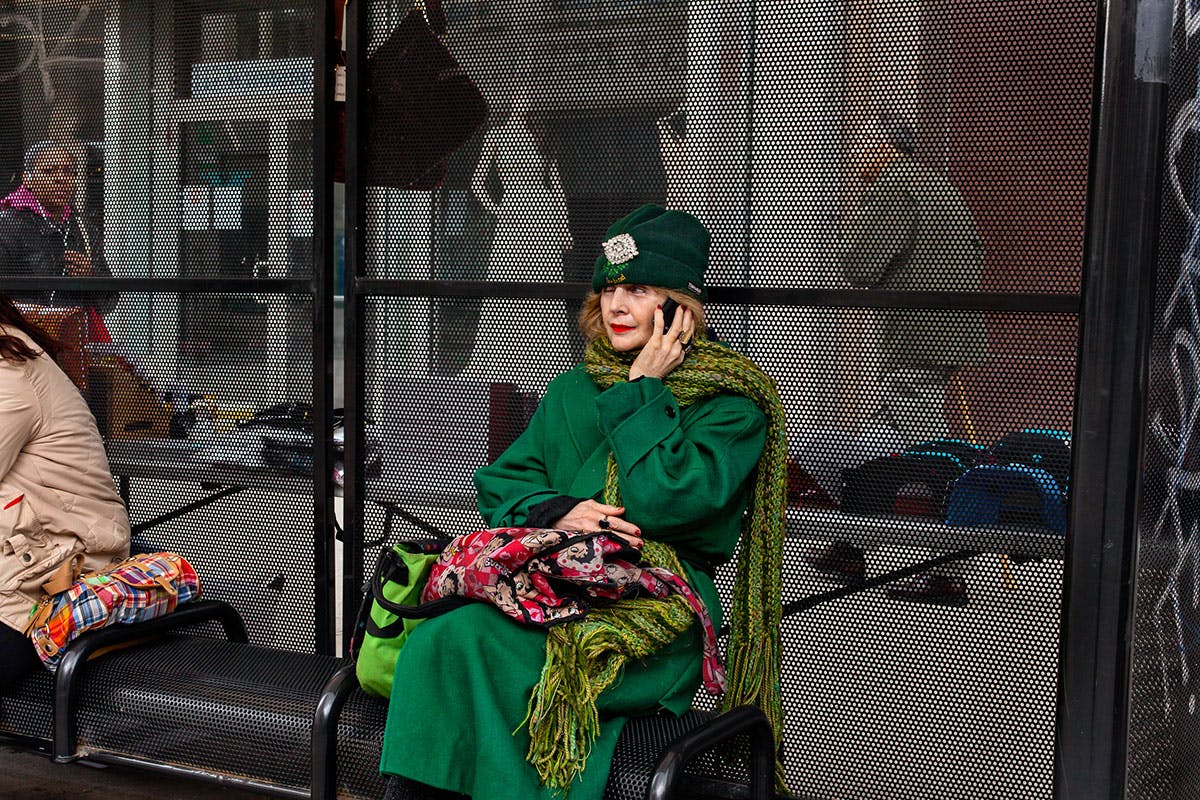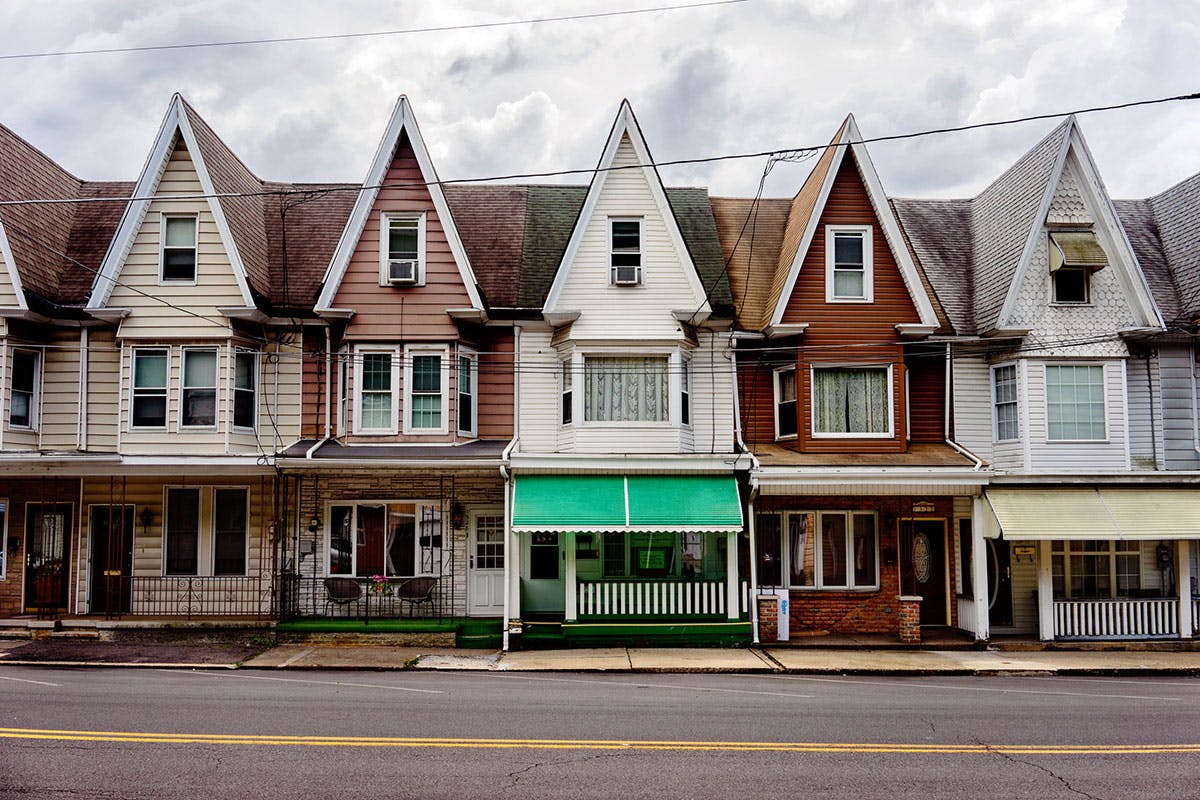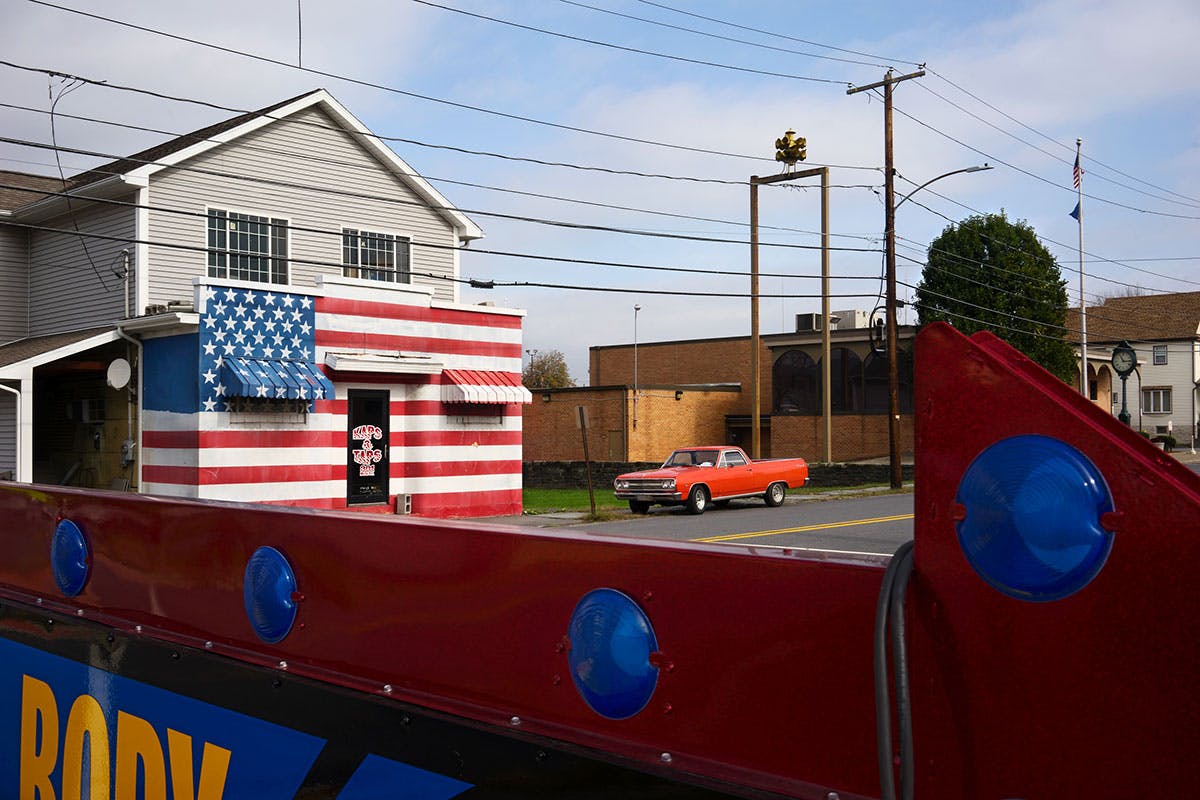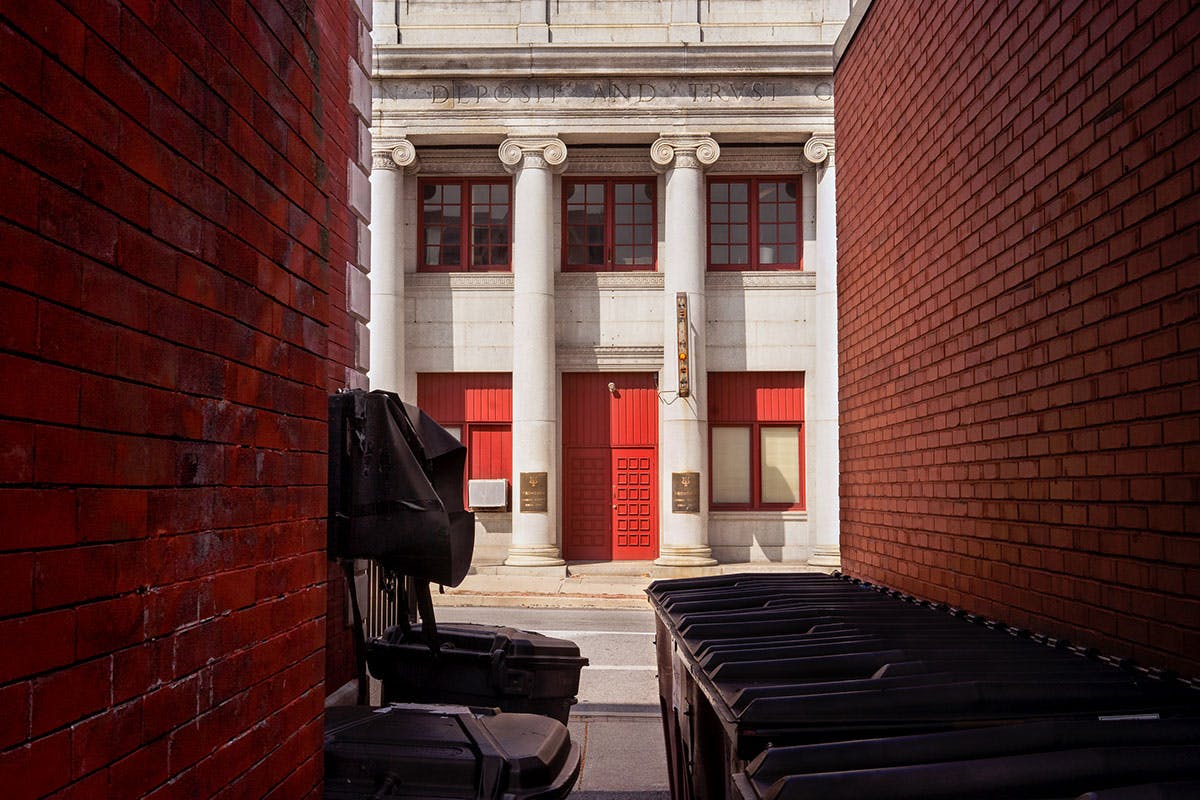
What actually happens when we procrastinate? I believe each and every one of us has big dreams along with to-do lists, phone reminders to even life goals. We all want to be more productive, be the best version of ourself and be the next Elon Musk, but procrastination ties us down. Jokes aside, procrastination has been linked to self-doubt, anxiety and even depression! Behavioral psychology research has revealed a phenomenon called “time inconsistency,” which refers to the tendency of the human brain to value immediate rewards more highly than future rewards (that explains us blazing through those infinite viral lists and quizzes!) With work from home looking like the immediate future, it is of utmost importance that we get our wandering mind under control and be our productive best. This list brings you products designed to enhance your work experience, giving you the perfect work-life balance in these trying times.

This portable armrest makes working on computers much more comfortable! The Mouzen by Gašper Kumprej cantilevers right off your table, giving your forearm a place to rest comfortably, instead of hovering in space. The platform retrofits easily onto the edge of any table and takes not more than 10 seconds to fasten. The platform comes with a freely moving armrest that sits on top of it. Using a patented ErgoFlow mechanism, the armrest moves and rotates in any direction with near-zero friction, giving you the ability to freely move your hand around as you switch from mouse to keyboard and back, typing, clicking, scrolling, etc. Built to take up to 50 lbs (21 kg) of weight, the mechanism has multiple shock absorbers and silencers built in to ensure the Mouzen works smoothly and silently.

Yes, we tend to procrastinate and fidget, but what if we have a more creative outlet to our energy rather than just mindlessly scrolling on our phone? Meet the Logifaces Puzzle, a little like the tangram meets the jigsaw meets the third dimension, the Logifaces puzzle by Logideez is a nice visual and mind exercise. The puzzle comprises a series of triangles of the same size, but different heights (at each vertex), and the only rule is, “Create a form by placing the prisms next to each other to build a continuous surface”.

The TimeFlip2 Interactive Time Tracking Device is a great way to get started with being more mindful. This time tracker features twelve sides, so you can have a wide variety of tasks assigned to it. And it comes with stickers so you can customize it to your specific needs. You’ll have an embedded green LED light for visual cues of your times status, and it has a Pomodoro timer to split work into sprints for maximum efficiency. Are you feeling like Monica Geller already?!

The Altwork desk claims to be the ultimate in productivity and ergonomics….and I agree. This desk encourages productivity by molding itself to any position that you feel your best in. There is a demographic that may have health problems which makes it hard for them to sit at a conventional desk and chair in an office. This causes them to lose out on many job opportunities that they might excel at simply because there wasn’t a solution for “How will they sit in the office?” but, thankfully, technology today has given us the ability to work from anywhere and this desk’s shape-shifting form makes it a part of the inclusive design world which caters to the needs of differently-abled. However you like to work, this chair will meet your expectations!

Just a simple tinted transparent acrylic cube, the Fume by Hakan Gürsu of Designnobis acts as a rather beautiful pen-stand for your alcohol markers (something designers swear by). Its design doesn’t just have them laid out in an interesting format, it even allows you to segregate them by hue into three zones! Although designed mainly for markers, this compact organizer is a great space-saving device to store all your pens, pencils, markers and more. Not to forget, the sense of satisfaction when you see all your stationery color-coordinated and lined up.


The beautiful Focus Journal by L’Atelier helps you concentrate on the tasks that matter. Inside the book, you will find uncluttered pages that offer useful prompts. The pages help you to prioritize urgent to-dos and find time for longer projects. Furthermore, you can time and track bigger tasks to see proof of your hard work. There are no rules you have to follow, but the journal provides a framework for structuring your thoughts. As an added bonus, with your task mapping happening on paper, you have no excuse to check your phone!


The MOFT Z by MOFT Studio comes with the ability to prop your laptop at three angles, but that’s not all. The MOFT Z even transforms your sitting setup into a standing one, elevating your laptop up by as much as 10 inches (25 centimeters). The MOFT Z does this using an innovative Z-shaped folding system along with its signature PU and fiberglass material which allows the laptop stand to have a high strength to weight ratio while being thin enough to slide right into a Manila envelope. So in case sitting at one spot and working makes you angsty, MOFT Z can transform your desk into a standing desk. No more excuses for taking those 5 minute breaks that stretch into a 50 min snooze sessions!

Determined to never have random loose wires corrupt the visual balance of his spaces, Andrew Ferrier designed the Cable Cradle, a simple, innovative twist on the plug-point. Ferrier’s redesigned plug-point comes with an extended lip that gives you a channel to wrap your spare wires around. Almost like a thread and a spool, the wire can be looped as many times as needed to make your space look neat, and to prevent you from accidentally tripping over that pesky little wire that’s aimlessly strewn across the floor.


Working from home can get taxing and caffeine is our relief! Tap and Drop by designers Jeonghyun Ahn, Donghong Seo & Jo Gwanghee aims to revolutionize how we get our fix, making efficiency and simplicity the key features. The satisfyingly smooth curves used for the top of the device guide the coffee beans into the machine, eliminating the possibility of the beans from getting stuck, and making the filling process far smoother. Although, you may not have long to admire the elegant design as the coffee-making process can begin before you are even downstairs; an equally as beautiful mobile application allows for the selection of the desired drink from anywhere, and an array of parameters are available so you can ‘make’ the perfect drink! No more waiting for that perfect cuppa and wasting time!

If noise and phone distractions are your kryptonite, the Helmfon by Hochu Rayu will be your savior! A portmanteau of the words Helmet and Phone, the Helmfon isn’t just a noise-canceling device, it’s also an elaborate pair of headphones. Equipped with a system board, microphone, speakers, accumulator, magnifier and space on the inside for a smartphone, the Helmfon enables wearers to watch videos, organize Skype conferences and even make calls from within the helmet. Sure, it looks like you’re wearing a giant helmet, but if it helps you focus and finish up work effectively, then I am all for it!

Ukrainian product designer Julia Kononenko created the ‘Eco Pot’, an intriguing little product that organizes your desk and adds a pop of green to it! The multipurpose desk accessory is basically a flower pot with an integrated pen holder. So give your eyes a much-needed break by talking to your green friends and get back to work asap!


The School of Life presents the Phone Detox. A palm-friendly, phone-sized book that contains insights, ideas, and meditations that help you get over your heavy dependency on your phone, social media, and validation addictions. The book covers relevant topics like Addiction, Monasticism, Poetry, Nature, Dating, Utopia, and even Death. Its aim is to allow us to take a step back, breathe, and contemplate a little, rather than simply consuming content the internet keeps throwing at you.


The Bedchill by Constant Ducos will revolutionize how you both work and relax in bed as the fully-fledged design has all of the bases covered! The roll-over table rapidly transforms the bed into a plush office with vast desk space. If it’s even more usability you are after, then the Bedchill Plus is the one for you; it is kitted out with power outlets, USB ports, adjustable mood lighting, and even Bluetooth speakers to ensure that the innovative workspace can cater to your needs! Being in bed is no longer a reason to not be working!





 Crafted by Marfa, Texas-based Marfa Brands for Joshua Tree, California-based Wonder Valley, the
Crafted by Marfa, Texas-based Marfa Brands for Joshua Tree, California-based Wonder Valley, the  We’ve long loved Maine-based Wary Meyers’ artsy striped soap bars that bring a dock-side sea breeze or Japanese cherry blossom right to the bathroom sink. Linda and John Meyers have been experimenting with soap scraps, and the result are terrazzo-like bars that evoke the work of designer Shiro Kuramata—who created his own special terrazzo by embedding colored glass in concrete. The visually stunning bars are available in two shades/scents:
We’ve long loved Maine-based Wary Meyers’ artsy striped soap bars that bring a dock-side sea breeze or Japanese cherry blossom right to the bathroom sink. Linda and John Meyers have been experimenting with soap scraps, and the result are terrazzo-like bars that evoke the work of designer Shiro Kuramata—who created his own special terrazzo by embedding colored glass in concrete. The visually stunning bars are available in two shades/scents:  To limit single-use plastic, the brand by Humankind delivers their rich
To limit single-use plastic, the brand by Humankind delivers their rich  Shaped like a freshwater bream, this
Shaped like a freshwater bream, this  Duke Cannon Supply Co’s oversized
Duke Cannon Supply Co’s oversized 













































